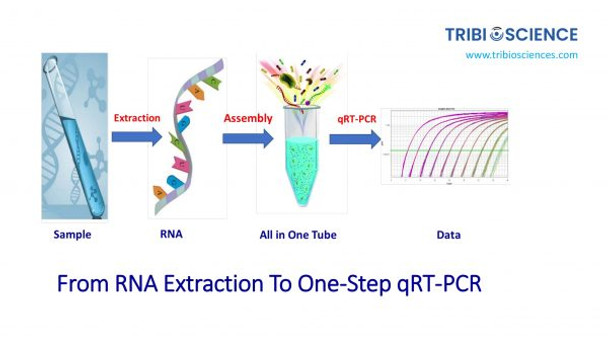Introduction
In the realm of immunology, the innate immune response stands as the sentinel, swiftly mobilizing against invading pathogens and maintaining tissue integrity. This foundational defense mechanism orchestrates an intricate interplay of cellular and molecular components, paramount in mounting an immediate defense against microbial threats. In this discourse, we delve into the labyrinthine pathways and effector mechanisms that underpin the innate immune response, offering a scholarly exploration for scientists and researchers at advanced academic levels.
The Foundation of Innate Immunity
At the heart of the innate immune response lie sentinel cells endowed with pattern recognition receptors (PRRs), primed to detect conserved microbial structures termed pathogen-associated molecular patterns (PAMPs). This surveillance apparatus encompasses a myriad of PRR families, including Toll-like receptors (TLRs), NOD-like receptors (NLRs), and RIG-I-like receptors (RLRs), each attuned to distinct PAMP signatures. Upon PAMP recognition, intracellular signaling cascades ensue, culminating in the activation of transcription factors such as NF-κB and IRFs, driving the expression of pro-inflammatory cytokines and type I interferons.
Effector Mechanisms of Innate Immunity
Central to the innate immune response is the robust phagocytic activity of professional phagocytes, namely macrophages, neutrophils, and dendritic cells. These cellular sentinels engulf microbial invaders via opsonin-dependent or -independent mechanisms, facilitating their degradation within phagolysosomes. Concurrently, antimicrobial peptides (AMPs) and reactive oxygen species (ROS) generated by neutrophils and macrophages exert potent microbicidal effects, bolstering the host defense repertoire.
Furthermore, the complement system, a cascade of proteolytic enzymes and opsonins, intricately interfaces with innate immunity to amplify microbial clearance and modulate inflammatory responses. Complement activation, initiated via classical, lectin, or alternative pathways, culminates in opsonization, chemotaxis, and formation of the membrane attack complex (MAC), effectuating pathogen lysis.
Inflammatory Mediators and Tissue Homeostasis
The innate immune response orchestrates a finely tuned inflammatory milieu, balancing the imperative to eliminate pathogens with the imperative to preserve tissue integrity. Pro-inflammatory cytokines such as tumor necrosis factor-alpha (TNF-α), interleukin-1β (IL-1β), and interleukin-6 (IL-6) orchestrate leukocyte recruitment, vascular permeability, and fever responses.
Maxanim's Gene Expression Analysis Kits empower researchers to delve into the intricate landscape of innate immunity by facilitating the analysis of gene expression profiles. With these kits, scientists can unravel the intricate genetic signatures underlying the innate immune response, shedding light on key regulators, signaling pathways, and effector molecules involved in host defense mechanisms. 
For those keen to delve deeper into the innate immune system, this video is for you!